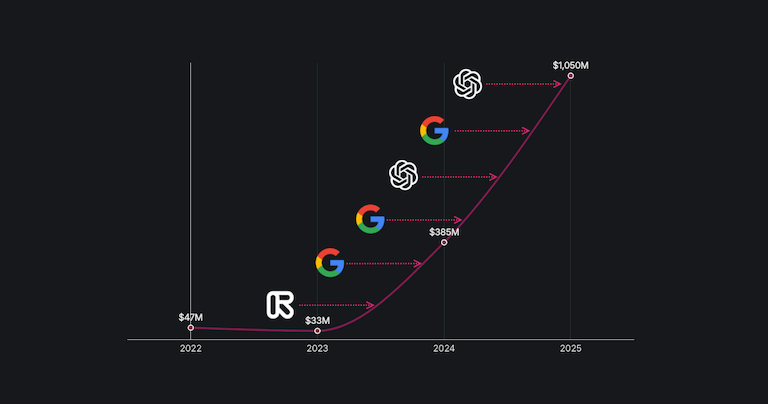Digital democracy|Artificial intelligence
Global map: election-related deepfakes reached 3.8B people
President Biden called Democrats and urged them not to vote in the primary election. Famous Indian politician Muthuvel Karunanidhi attended the conference in 2024, even though he died in 2018. Argentina's presidential candidates withdrew from the election hours before voting started. This is not fiction. These are election-related deepfake incidents that happened in 2024 and 2025.
Surfshark discovered that since 2021, 38 countries have faced deepfake incidents during elections, influencing a population of 3.8 billion people. Among the 87 countries that held elections from 2023 onwards, 33 experienced deepfake incidents.
Here are the main facts about how deepfakes are used in the most significant global political events.
Key insights
- Deepfake technology has already infiltrated elections around the globe. Analyzing media reports, we found that 38 countries have faced election-related deepfake incidents. With a combined population of 3.8 billion, these countries highlight the massive scale at which deepfakes could potentially influence people's lives. Among the countries that held elections from 2023 onwards, 33 out of 87 experienced deepfake incidents related to elections.
- Interestingly, all 10 countries with the highest populations experienced deepfake incidents during elections (India, the US, Indonesia, Pakistan, Nigeria, Brazil, Bangladesh, and Mexico) or used deepfakes to target other countries (China and Russia). Excluding these 10 countries, we see that deepfake incidents are not strictly related to population size. For example, among the countries ranked 11th to 20th by population, only two (Turkey and Germany) experienced deepfake-related incidents during elections. In the countries ranked 21st to 30th by population, five experienced deepfake incidents during elections (the UK, Kenya, Myanmar, Colombia, and South Korea).
- Looking at regions where the percentage of the population experienced an election-related deepfake incident, we see that North America leads with 78%, followed closely by South America with 76%, Asia with 50%, Europe with 35%, Africa with 28%, and Oceania with 12%. In this study, we analyzed countries with a population of one million or more. If we look at the percentage of these countries affected by deepfake incidents during elections within each region, we get different results: South America leads with 40% of countries affected, followed by Oceania with 33%, Europe with 31%, Asia with 21%, Africa with 20%, and North America with 13%.
- Deepfake technology impacted the world’s largest and most influential democracies. In India’s 2024 general election, political parties spent an estimated $50 million on AI-generated content. As a result, millions of voters were exposed to AI-generated deepfakes that mimicked politicians, celebrities, and even deceased leaders¹. These deepfakes circulated widely on social media and messaging platforms and spread misinformation during the world’s largest democratic vote. In the United States, a high-profile incident occurred during the 2024 New Hampshire primary when voters received robocalls featuring an AI-generated voice of President Joe Biden. The message falsely urged Democrats to skip the primary².
- In Indonesia’s 2024 presidential election, deepfakes became viral tools for manipulating voter perceptions. One video falsely showed Prabowo Subianto speaking Arabic to bolster his appeal among Muslim voters, while another audio clip purported to capture Anies Baswedan being scolded by party chairman Surya Paloh, aiming to undermine his reputation and divide his support base³. During Turkey’s tightly contested 2023 election, President Erdoğan’s campaign circulated manipulated videos that falsely depicted his opponent, Kemal Kılıçdaroğlu, in meetings with PKK militants⁴. These deepfakes fueled distrust and targeted nationalist voters, illustrating how deepfakes can sway opinions in tight races.
- Deepfake technology is also being used to destabilize elections not only by domestic actors, but also through coordinated foreign influence operations. In Germany, the Russian-run ‘’Storm-1516’’ network set up more than 100 AI-powered websites to distribute deepfake videos and false reports attacking politicians and spreading misinformation ahead of national elections⁵. Taiwan’s 2024 presidential election was also targeted by a wave of deepfake videos, fake audio, and synthetic images, many believed to originate from foreign actors aiming to discredit the Democratic Progressive Party with fabricated scandals and explicit content⁶.
- Looking at the media channels where these deepfakes are shared, we can see that social media (Twitter/X, Facebook, Instagram, and others) is mentioned in 92% of analyzed election-related deepfake incidents. This is followed by messaging apps (WhatsApp, Telegram, and others) and online targeted ads — both of which are mentioned in 32% of incidents. Traditional broadcast media (radio/TV) is involved in 24% of cases, while phone calls (robocalls with AI voices) account for 5%.
- X was mentioned most frequently as the platform where deepfakes are shared. Specifically, 53% of cases mentioned X. The next most mentioned platform was Facebook with 39%, followed by WhatsApp at 29%, Instagram at 18%, YouTube at 16%, and Telegram at 8%.
Methodology and sources
For this study, we focused on countries with populations over one million. Media reports were checked for any mentions of deepfake incidents related to elections in these countries. We collected and verified the sources, and added short descriptions of each incident. For each country, the latest election with a reported deepfake incident for our analysis. Additionally, we categorized the media channels where these deepfakes were shared into five groups: social media, messaging apps, online ads, traditional media, and phone calls. Furthermore, we conducted a regional analysis to determine what percentage of people and countries were affected by these incidents.
For the complete research material behind this study, visit here.

